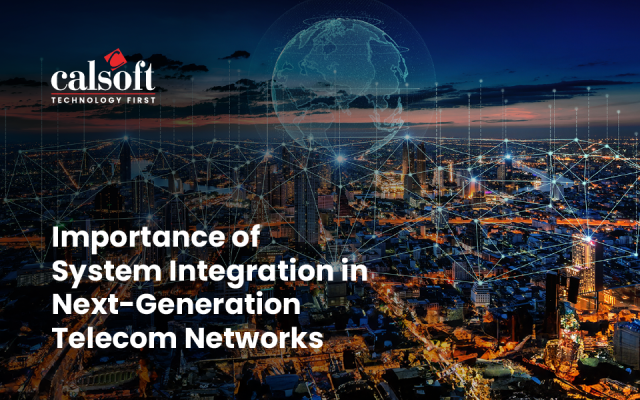
Importance of System Integration in Next-Generation Telecom Networks
The telco sector is evolving, and the significance of system integration cannot be overplayed in the industry. The next-generation networks are ever more complex, including diverse technologies like 5G, IoT, cloud computing, and more. To ensure reliable and high-quality services, seamless system integration becomes the cornerstone. Integration ensures that distinct components and services work harmoniously, stimulating efficient communication and streamlined operations. It facilitates the interconnectivity of various subsystems, enabling real-time data exchange, advanced service delivery, and enhanced end-user experiences. Read the blog to explore the significance of system integrators in telecom industry.
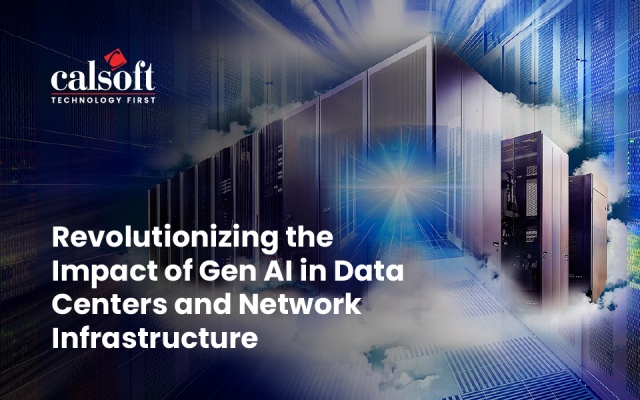
Revolutionizing the Impact of Gen AI in Data Centers and Network Infrastructure
The advent of Generation AI (Gen AI) is changing the model of data centers and network infrastructure, indicating a new era of efficiency, scalability, and intelligence. Gen AI, representing the integration of AI into systems, is revamping how data is processed, analyzed, and managed within these critical environments. Network infrastructure benefits from self-optimizing capabilities, guaranteeing optimal performance and security. Read the blog to explore the impact of Gen AI in the datacenter infrastructure management.

DevOps Revolution: Future Market Trends and Adoption Strategies
The DevOps revolution take in a transformative landscape of software development and IT operations, paving the way for a seamless and collaborative approach to the entire product development lifecycle. DevOps practices involve transformative trends and adoption strategies to enable enterprises to realize agility, reliability, and flexibility in delivering software. Automation, Continuous Integration, and Continuous Delivery (CI/CD) pipelines are becoming recognizable, guaranteeing faster releases and reduced Time-To-Market (TTM). Read the blog to explore the bright future of DevOps in the software industry, and the emerging DevOps trends in 2024.
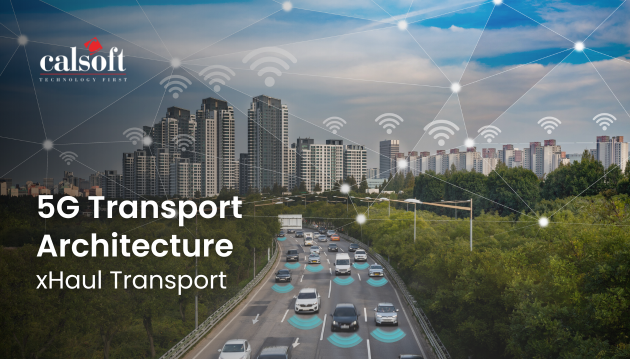
5G Transport Architecture: xHaul Transport
The telecom industry is witnessing a rapid network transformation, enabled by a wide range of pioneering technology trends. The network transformation is towards a virtualized, software defined, flexible, and open framework to support next generation 5G use cases. To effectively realize a high quality 5G user experience, future transport networks will play a crucial role to meet service requirements such as peak data rates, maximum coverage, ultra-low latency, synchronization, and security. Read the blog to explore 5G transport technologies and the key advancements in 5G transport architecture.
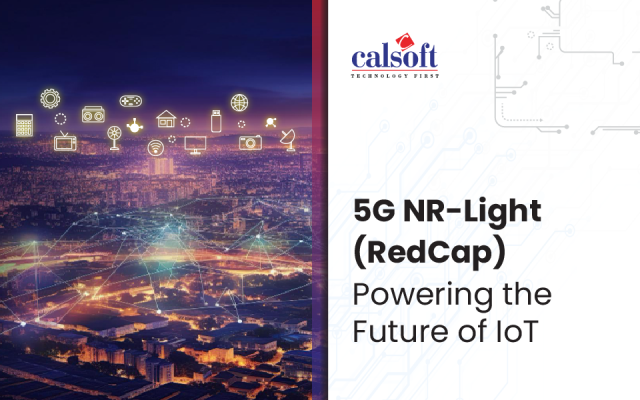
5G NR-Light (RedCap): Powering the Future of IoT
5G NR-Light (RedCap) technology is poised to revolutionize the Internet of Things (IoT) landscape. NR-Light or RedCap signifies a modernized and optimized version of the 5G New Radio (NR) standard. RedCap indicates its potential to significantly enhance power efficiency and capabilities for IoT devices. 5G RedCap is designed to enable seamless connectivity for massive IoT devices, from smart sensors to industrial machines, creating an interconnected ecosystem that can transform industries and daily life. Read the blog to explore the significance of 5G RedCap for massive IoT adoption.
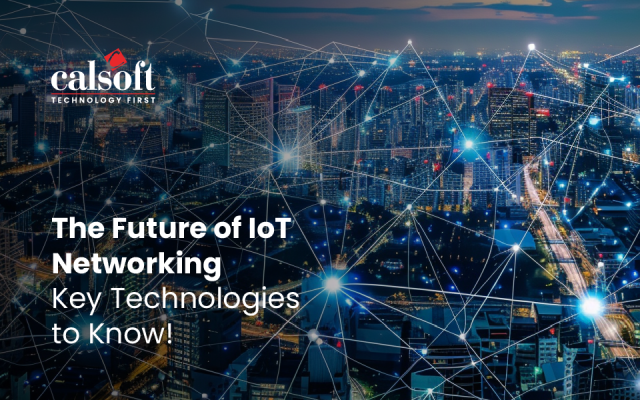
The Future of IoT Networking: Key Technologies to Know!
The future of IoT networking is modeled for significant innovations, driven by key technologies that promise to revolutionize the way devices interact and communicate. The key technologies and innovations together will foster a more connected, intelligent, and secure IoT ecosystem, paving the way for a transformative future. Read on the blog to understand different wireless networking technologies and their performing characteristics which realizes efficient and secure IoT network.
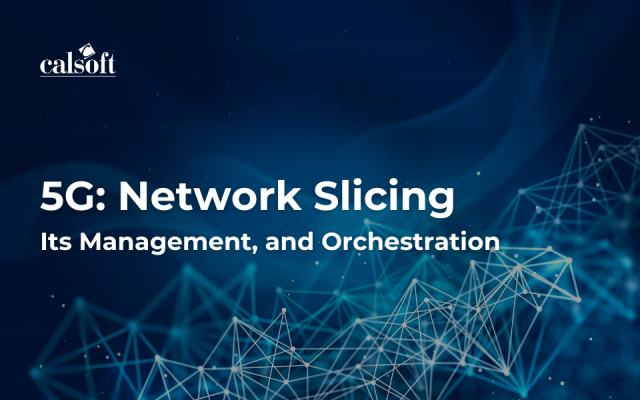
5G: Network Slicing, Its Management, and Orchestration
5G Network Slicing is a key characteristic in 5G which is realized through the integration of virtualization and software-defined networking technologies. The management and orchestration of 5G network slicing is a complex task that involves a combination of software and hardware solutions. Read this blog to explore the concept of Network Slicing and its management, orchestration aspects mainly focusing on management models.

Private 5G: Promising Industry 4.0 Transformation
The potential of Private 5G in ensuring super connectivity and higher data rates in Industry 4.0 is achieving traction worldwide. Private 5G together with other key emerging technologies such as Artificial Intelligence (AI), automation, and Internet of Things (IoT) support operators to generate innovative revenue streams. These advancements make Private 5G an apt choice for all types of enterprise ecosystem (big/small/mid-sized) to realize digital transformation. Read the latest blog to know what, why, and how Private 5G is fueling Industry 4.0.

Potential of 5G in Manufacturing and Industrial Automation
Manufacturing industries are probing for novelties and modernization to gain better profitability and productivity. 5G technology with its key capabilities such as higher speed, greater availability, support for ultra-reliable and low-latency communication has potential to revolutionize the manufacturing industry. The technology promises to facilitate digital infrastructure to realize automated and advanced operations which will lead to an enhancement in business output. Read the latest blog to learn how 5G can impact and benefit manufacturing and industrial automation.
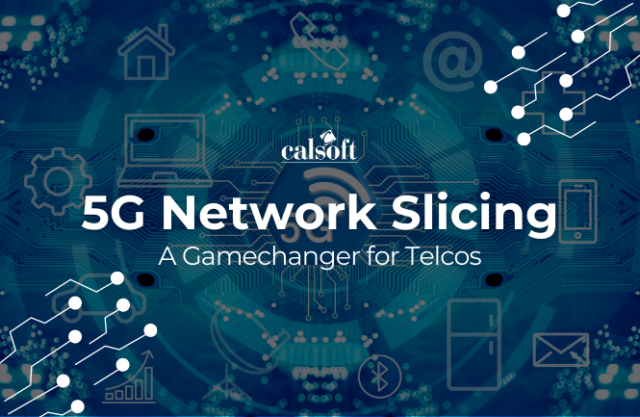
5G Network Slicing: A Gamechanger for Telcos
5G network slicing is a powerful tool that can help telcos differentiate themselves from their competitors by offering more tailored and customized services to their customers. It has the potential to be a gamechanger for telcos, and we can expect to see more and more telcos investing in this technology in the coming years. Read the latest blog to explore how 5G Slicing can be a gamechanger for the Telco Industry in the future.
